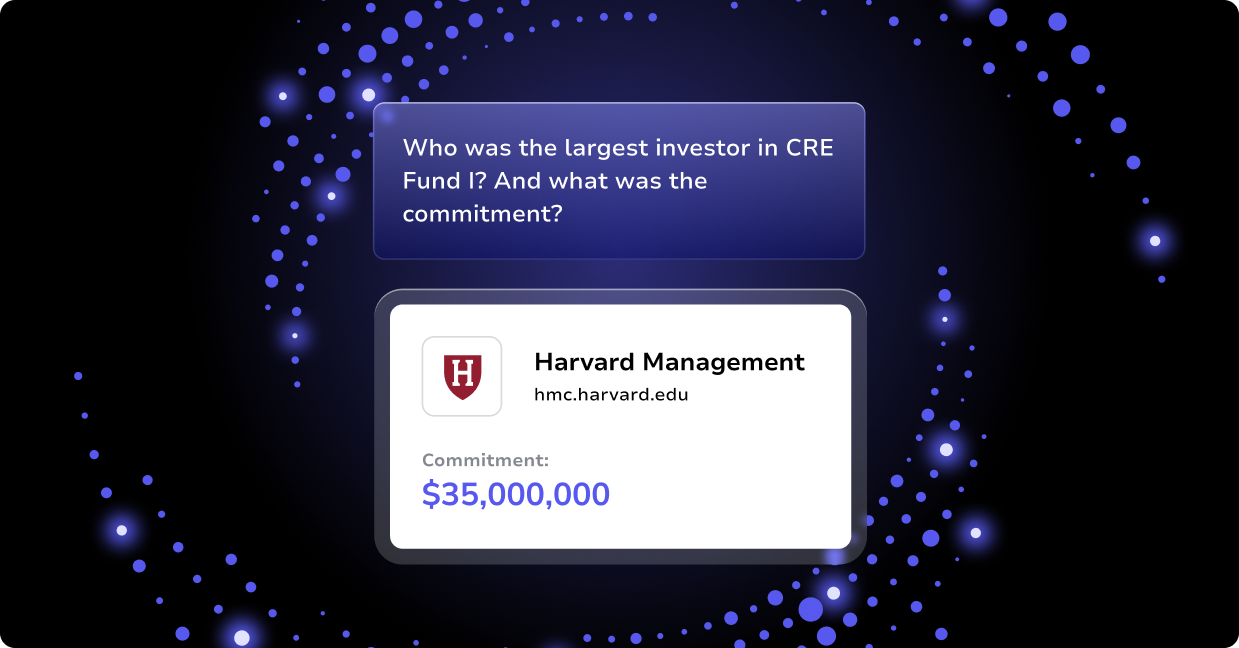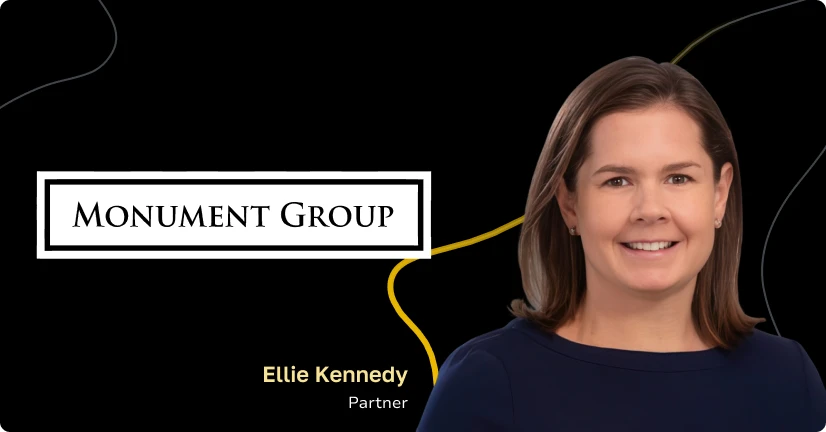Private equity success is highly dependent on your ability to successfully fundraise. In the past, much of the fundraising process and related communication were managed manually.
In recent years, the explosive growth in the private equity space has increased the volume of people, information, and activities there is to manage.
You used to be able to fundraise successfully simply by leveraging past relationships. Today, LPs are demanding more access to information, proactive communications and reporting, and seamless exchanges with their GPs.
Software makes the Fundraising Process Efficient
With these increased expectations, it’s worth taking a closer look at the steps in the fundraising process. Are you providing an excellent experience for your investors? Or are you, instead, providing the bare minimum in terms of data access and service?
Evaluating how investors perceive their interactions with you enables you to identify opportunities to improve communications. It also allows you to leverage technology to be more proactive and provide greater information access to LPs.
Below are four areas to consider throughout the fundraising stage.
You should use them to identify opportunities to increase your efficiency and improve the investor experience.
Every advance you make puts you a little farther ahead of firms that aren’t proactive and stick with the status quo.
1. General communications
How do you communicate with your investors? Are you doing so in the right ways and at the right times? There are a variety of messages you might share with your investors—information on what you’re bringing to market, potential close dates, the fund prospectus, and others.
Consider the channels you’re using to deliver these messages and make sure that they are accessible and convenient for your investors to receive. You might be sending this information via email, but consider the work the investor must do to keep track and aggregate the messages your firm sends. Find ways to simplify the delivery, improve the organization of the information, and personalize the message.
For example, if all the emails of a particular type that you send to investors start with the same word or phrase (e.g., Fund Prospectus: [fill in the blank]), that makes it easier for the recipient to search for an email (Find: “Fund Prospectus”) that they may have archived.
Communications also can be improved using technology to provide targeted email messages, delivered based on the activity and behavior of your investors. Email tools can help your firm ensure accuracy and save time when emailing lists of recipients, too.
Often, email tools can connect to your CRM, allowing your team to create reports and lists, and to send updates to groups quickly and efficiently. In the Altvia platform, users can “BCC” emails and track results for compliance as well as verify which recipients receive emails.
2. Document sharing
How are you sharing documents? In the fundraising process, many due diligence questionnaires, reports, and agreements are shared back and forth between LPs and GPs. If you’re not handling this process the right way, it can be both time consuming for your team and irritating to investors.
These documents are often shared and requests are sent via email. With a decentralized system like email, files get lost and it’s not clear where ownership lies. This can create the impression that your firm is disorganized or cause delays in the fundraising process.
A portal where DDQs and agreements are posted, requests are transmitted and assigned, and progress can be followed solves many of the problems that arise as a result of decentralized file sharing. Central file-sharing systems offer an organized structure that creates clarity for investors and demonstrates your professionalism.
3. Status management
GPs need an easy way to identify who owns a particular investor request, what the components of the request are, and when it’s due.
Often LPs ask the same questions or request similar information. By formalizing responses to requests, GPs can create templates or a collection of commonly asked questions and answers to pull information from. This is far more efficient than drafting new verbiage each time a request is received.
As a result, you can provide a faster response. In addition, because the core text has been reviewed and approved, you can be confident that you’re providing accurate and consistent information across LP communications.
4. Firm differentiation
Investors are typically working with a variety of GPs. What is your firm doing to create a better experience for investors in order to build trust and differentiate?
If the answer is “Very little,” that’s a problem. Investors understandably gravitate to the firms that stand out from a service perspective.
Top firms are identifying points in the fundraising process (and beyond) to build brand equity and personalize communications. This can be done through activities like investor nurture campaigns.
Messages that might be included in this type of campaign include:
- Information about the firm and your niche
- What you’re seeing in the market and learning from those findings
- Your firm’s investment focus
- Portfolio company performance
- Announcements of upcoming webinars and events
- Suggested resources and publishers for investors to follow
Firms can also include personalized content in nurture programs based on investor behavior.
When it comes to the need for advanced software, fundraising should be at the top of your list.
Assessing and improving your investor’s experience during the fundraising process is an important step to building more credibility and strengthening your relationships with investors.
And, of course, doing that helps ensure continued investment and future funding.
If you’re looking for more guidance on fundraising software and ways to improve the investor experience, read our full guide by clicking below.




